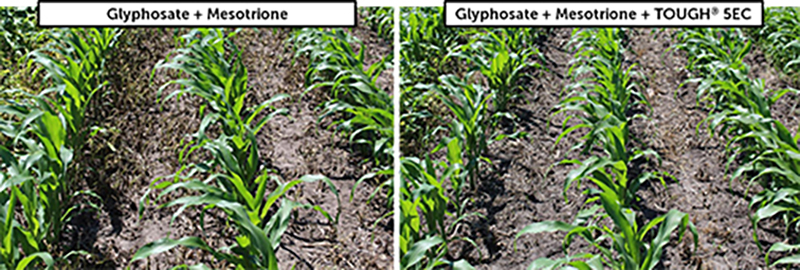Diagnosing Corn Ear Abnormalities
Ohio State University Extension’s Agronomics Crop Team has developed a Web site and supporting materials to aid growers in diagnosing abnormal corn ear disorders and other related conditions.
“Ear abnormalities or disorders are perennial problems occurring somewhere in Ohio every year,” says Peter Thomison, an OSU Extension corn agronomist and a member of the Agronomics Crop Team. “Temperature extremes, water stress, chemical injury, diseases, insects, and nutrient deficiencies can all play a role depending on the particular disorder.
“Environment is probably the major factor, so in some cases, there’s little a grower can do. Hybrids vary in their sensitivity to certain ear anomalies like ‘blunt ear syndrome,’ also known as ‘beer can ears.’ Moreover, there are interactions between environmental conditions and certain cultural practices that can exacerbate problems, and growers can take steps to identify those problems and apply the right management practices.”
Thomison and Allen Geyer, research associate in the Department of Horticulture and Crop Science, have developed an “Abnormal Corn Ears” poster that highlights various corn ear abnormality symptoms and causes, complete with color photos and detailed text.
The poster covers the following corn ear abnormalities: ear pinching, blunt ear syndrome, multiple ear syndrome, drought damaged ears, Diplodia ear rot, poor pollination at the ear tip, poor or incomplete kernel set, tip dieback, chaffy ears, bird damage, Western bean cutworm ear injury, tassel ears, zipper ears, and kernel red streak.
Thomison and Geyer have also established a Web site, “Troubleshooting Abnormal Corn Ears and Related Disorders”. The Web site supplements the poster with information on management practices for avoiding or minimizing ear abnormalities, in addition to more detailed information on abnormal ear development, reduced kernel development, ear molds and disease, feeding injury, and miscellaneous ear problems, such as hail and flooding damage, arrested ears, hollow husk, and genetic ear oddities.
“The purpose of both the Web site and the poster is to assist corn growers and agricultural professionals in diagnosing various ear disorders, and adjust management of the crop accordingly,” Thomison says.
A 26- x 33-inch copy of the poster is available for $10 plus shipping. The poster is printed on plasticized-coated paper for durability. To order a poster, click here or contact the Ohio State University Communications and Technology Media Distribution office at 614-292-1607 or [email protected]. Ask for “Abnormal Corn Ears” poster ACE-1.
Also, an 11- x 14-inch version of the “Abnormal Corn Ears” poster is available online.






